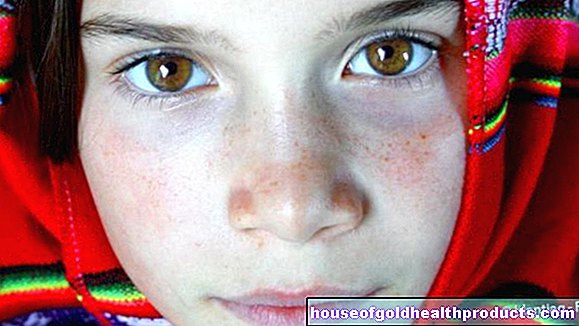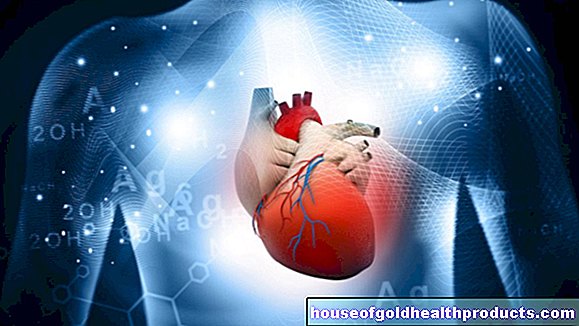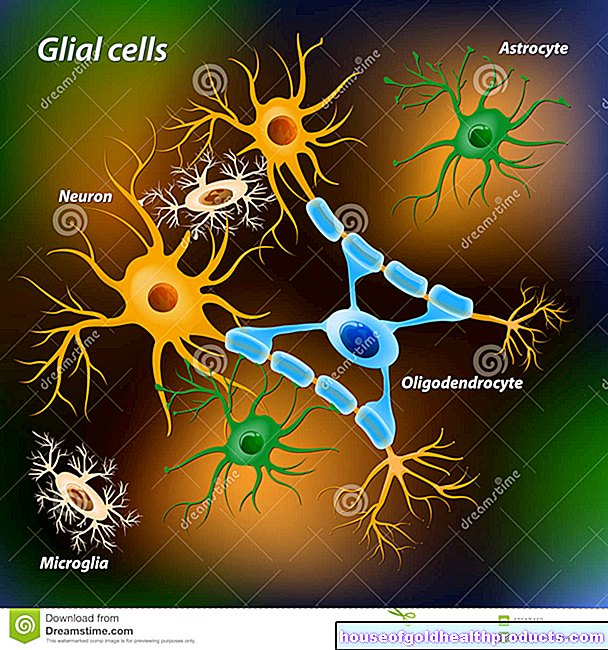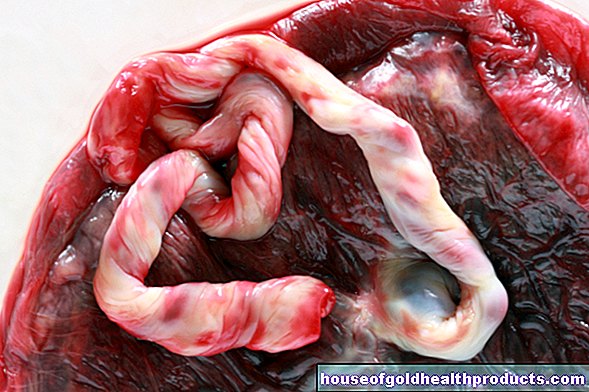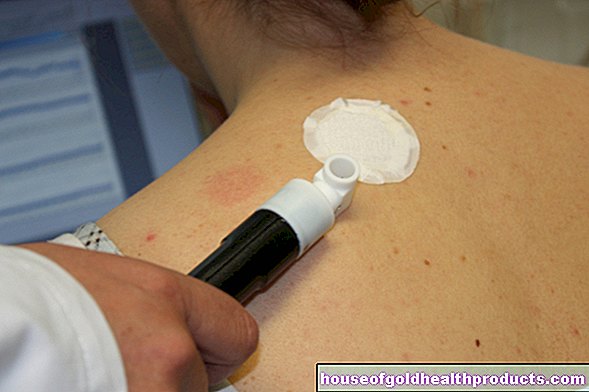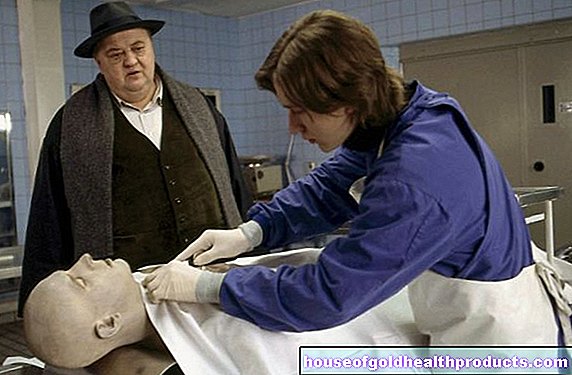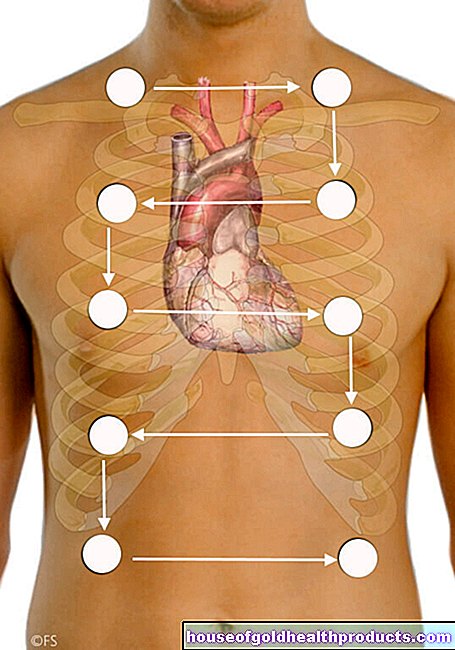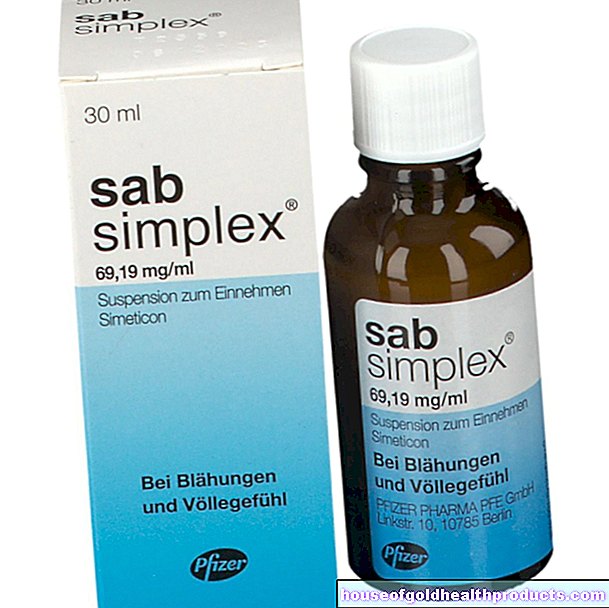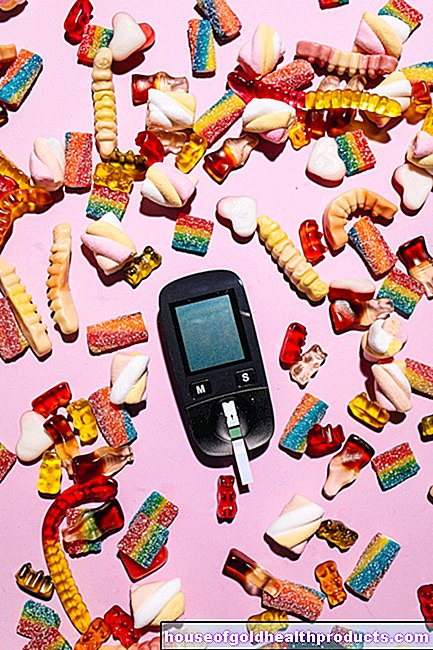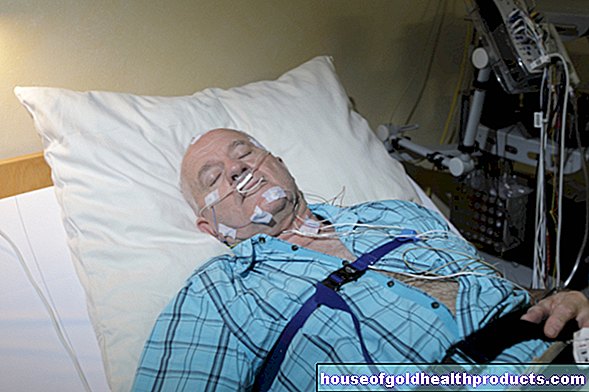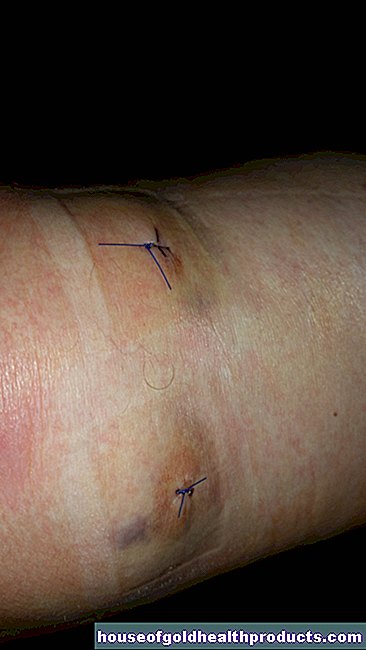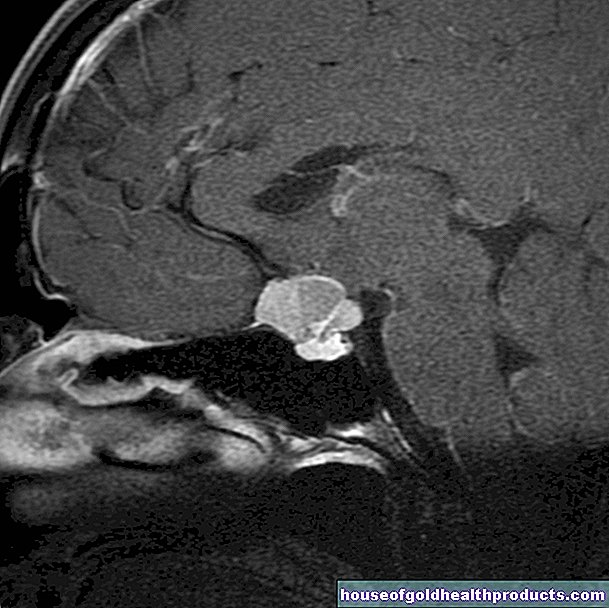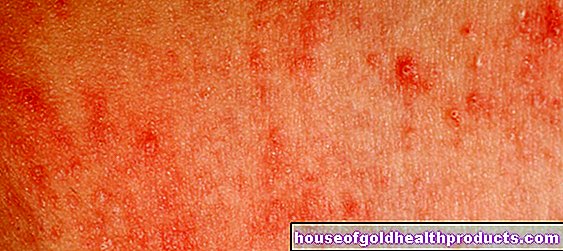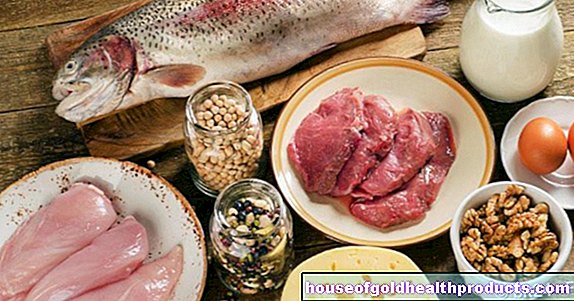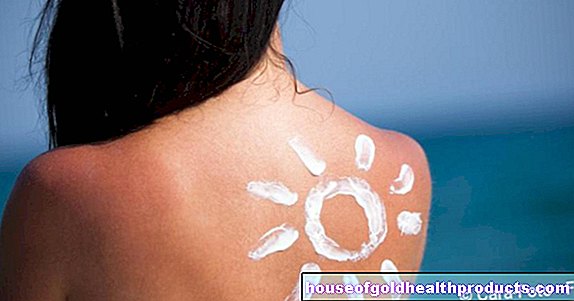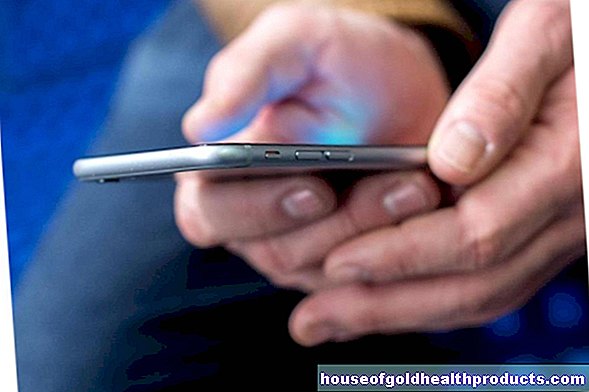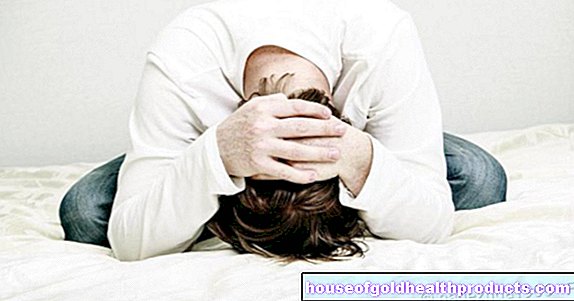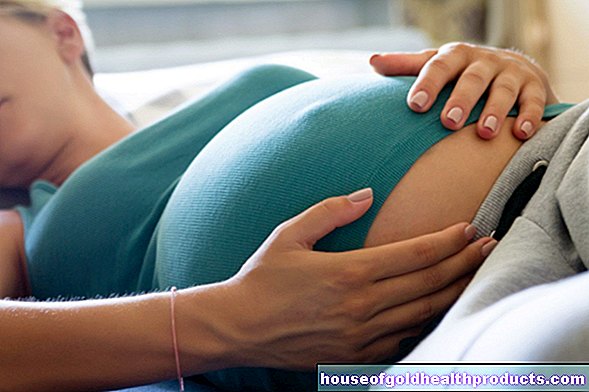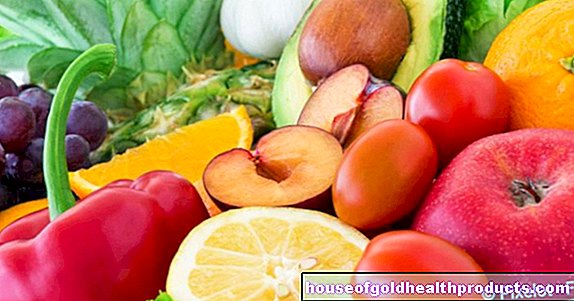How light drinks tempt you to snack
All content is checked by medical journalists.One has suspected it for a long time: People who pour liters of diet cola into themselves do not eat really healthy. The problem is not necessarily the sugar substitutes, which are otherwise criticized - it is the diet that goes hand in hand with diet soda consumption.
First cola light, then a quick ice cream
People who prefer light drinks, for example, have an unhealthy snack more often: French fries, cake, ice cream or chips. One possible reason: "They feel they can afford it because they save elsewhere," explains Ruopeng An of the University of Illinois. Or they try to balance the consumed snack calories with sugar-free drinks.
Another explanation is also conceivable: Diet drinks are not really satisfactory due to the few calories. "In order to feel satisfied, people then resort to high-calorie foods," says An. In the end, the light drinkers ate particularly unhealthily on average - a behavior that, by the way, they shared with the coffee drinkers.
At least the strategy works - at least as far as the calorie balance is concerned: Overall, despite their various eating sins, the light drinkers consume fewer calories than people who drink sugary lemonades. "Diet drinks can only help you lose weight if you keep an eye on the total amount of energy consumed," says An.
Fattening alcohol
The largest daily ration of calories is consumed by people who consume alcohol. This is no wonder, given that alcohol contains plenty of energy. But there is another effect. Alcohol disinhibits, and you reach into the bowl of nibbles faster.
For the study, the team evaluated data over a period of ten years that had been collected at the National Center for Health Statistics. The more than 22,000 participants were asked to state exactly what they had consumed on two non-consecutive days - solid foods as well as drinks.
Coffee in 1st place
The most popular drink turned out to be coffee, which more than half, namely 53 percent, of the participants drank, followed by sugary drinks (43 percent), tea (26 percent), alcohol (22 percent) and diet drinks (21 percent).
Most, however, did not stick to a single type of drink: 41 percent stated that they quenched their thirst with at least two of the types of drink, and more than 25 percent consumed three or more of the different drinks during the day. (cf)
Source: Beverage Consumption in Relation to Discretionary Food Intake and Diet Quality among U.S. Adults, 2003-2012;
Tags: vaccinations laboratory values alternative medicine
